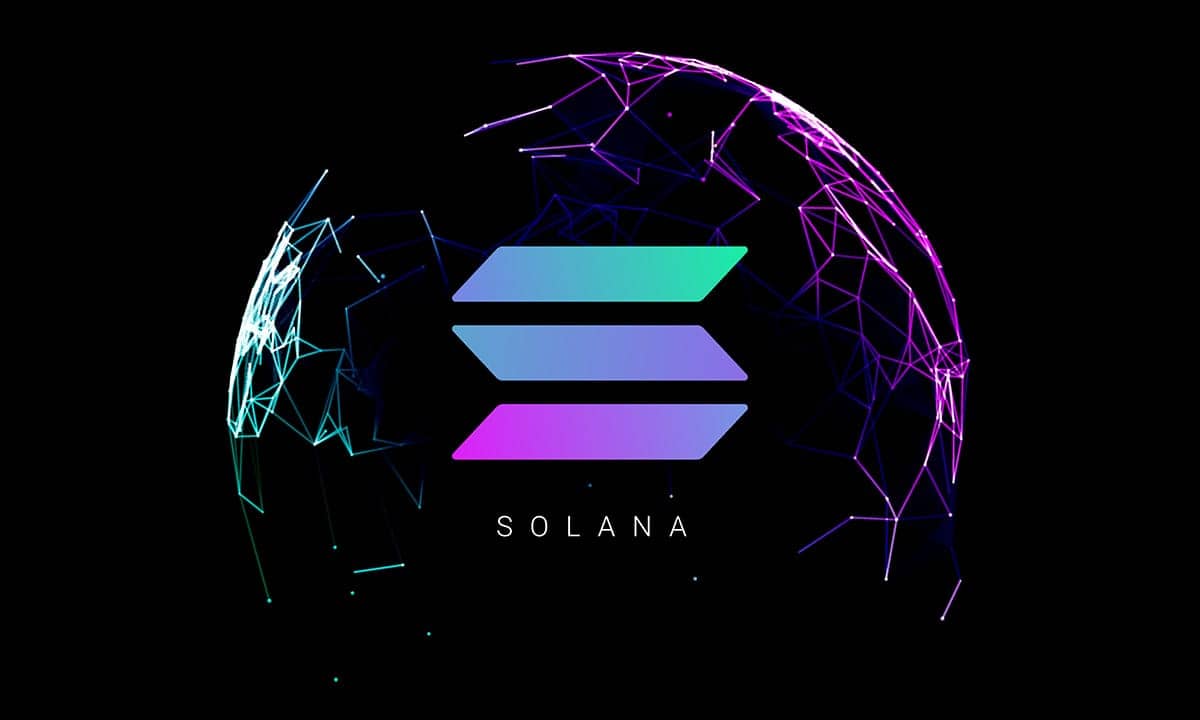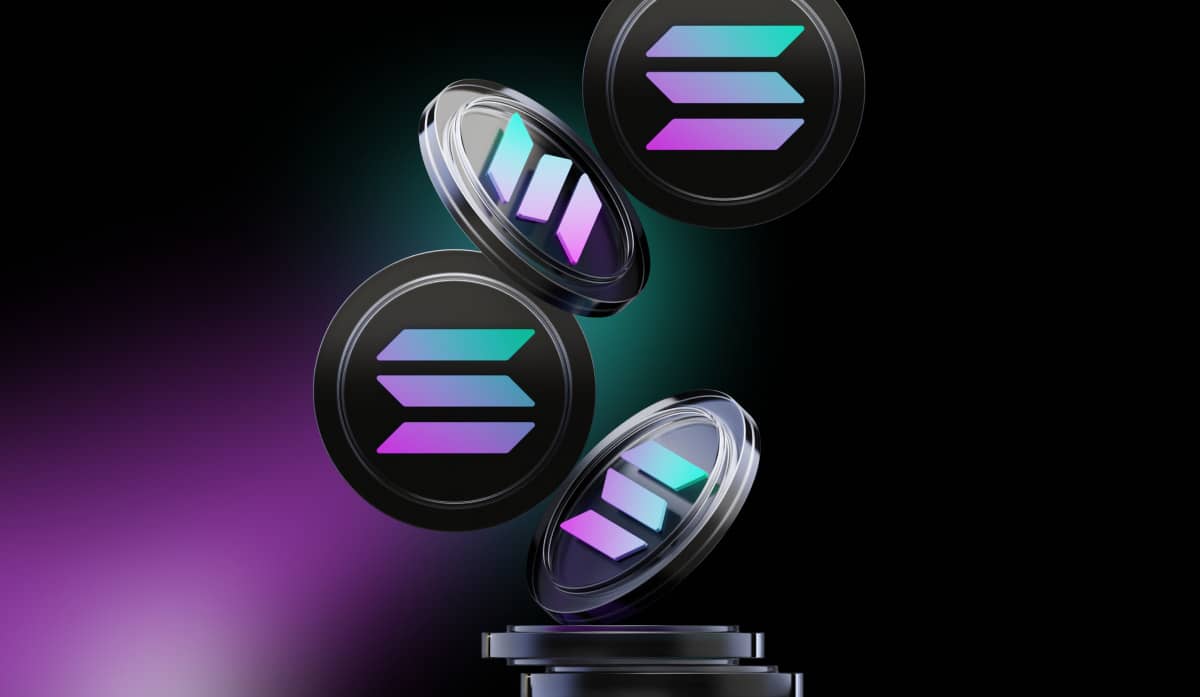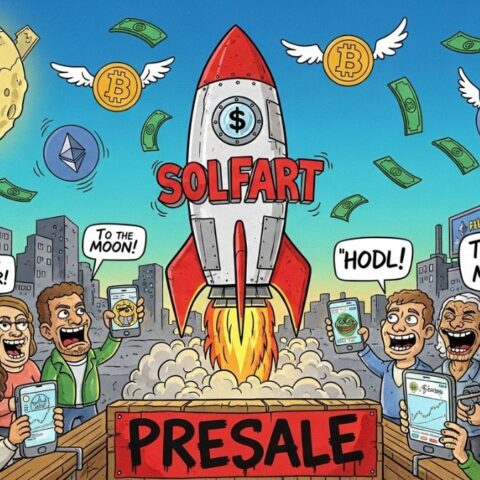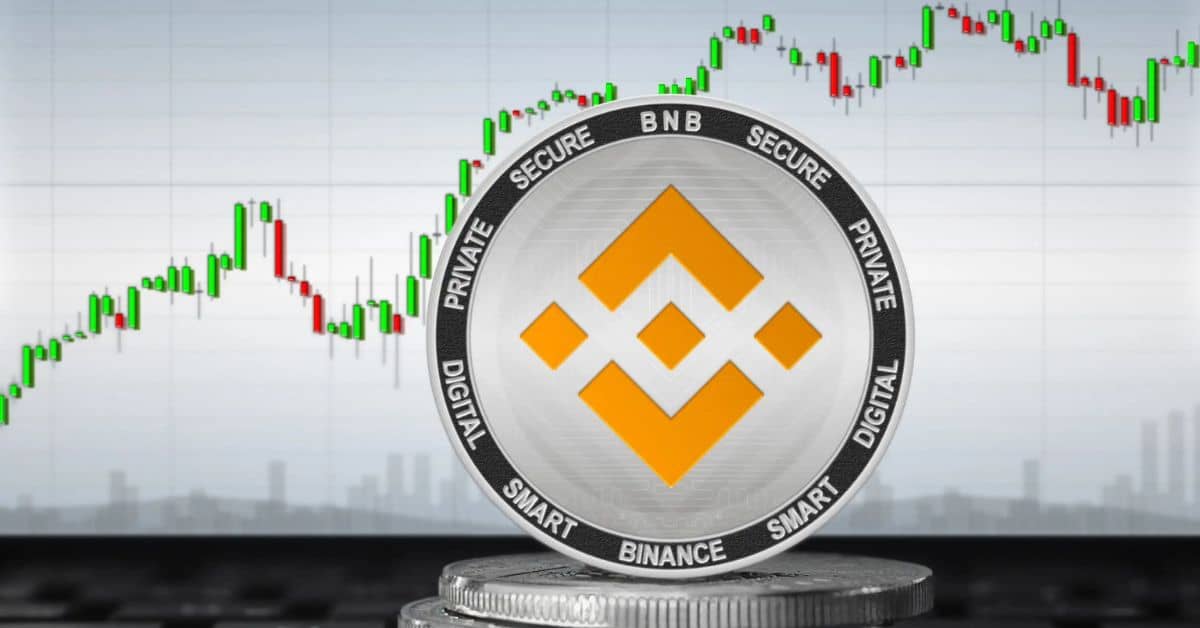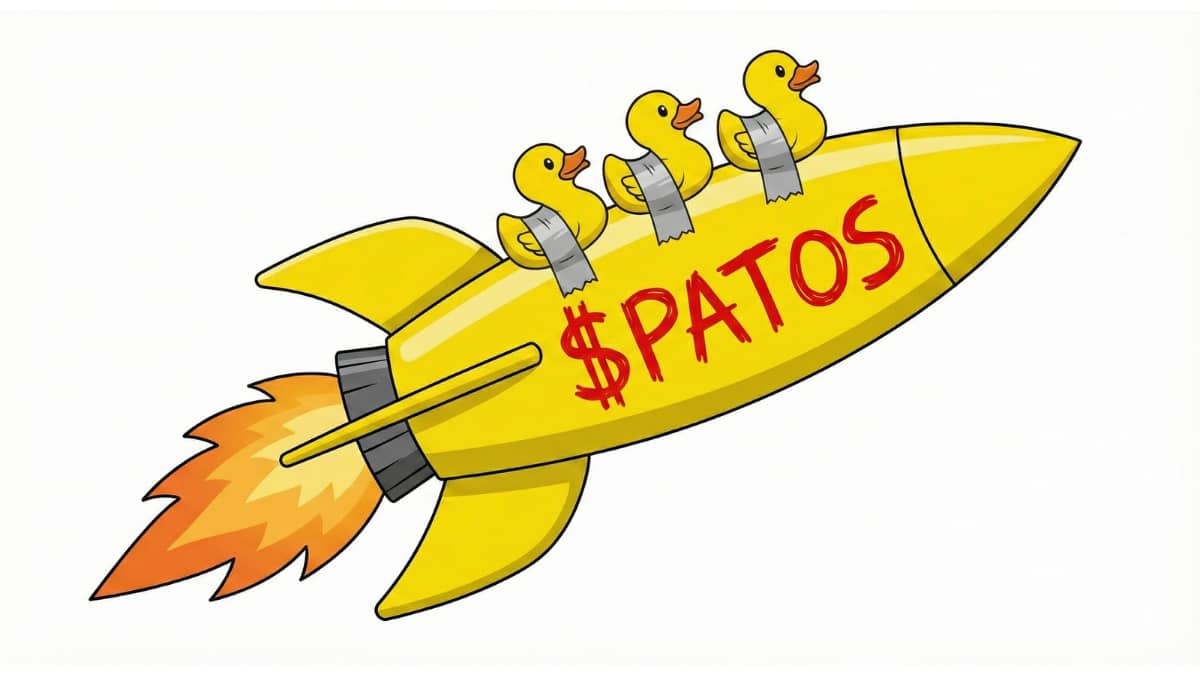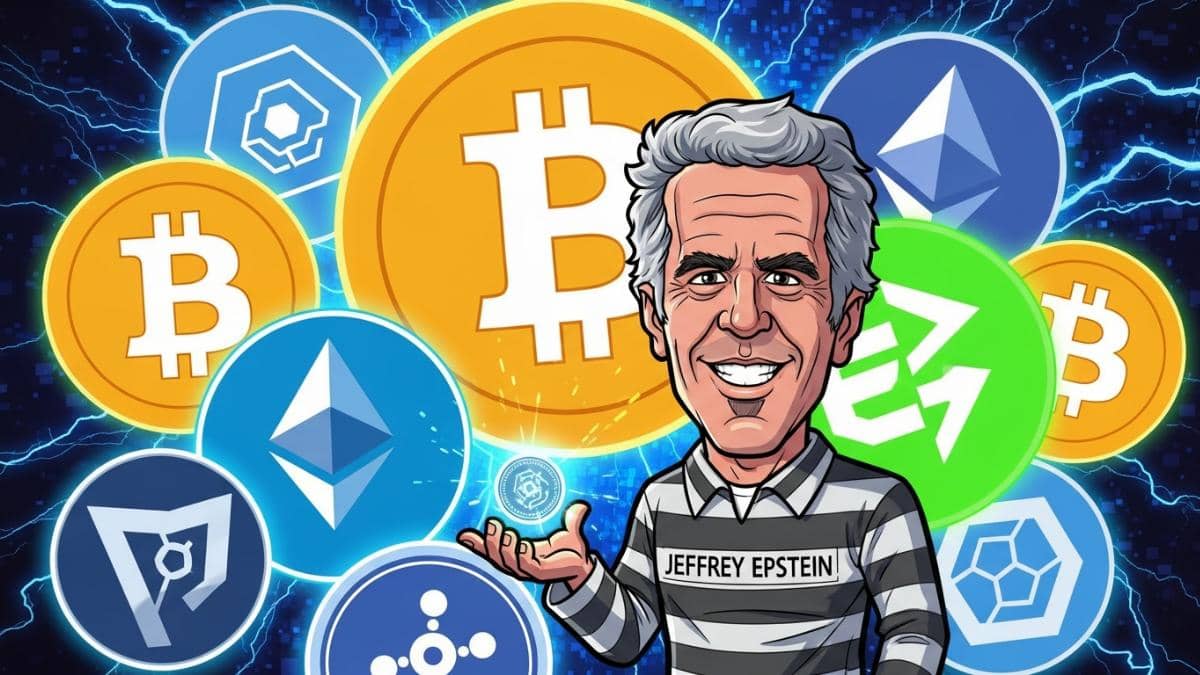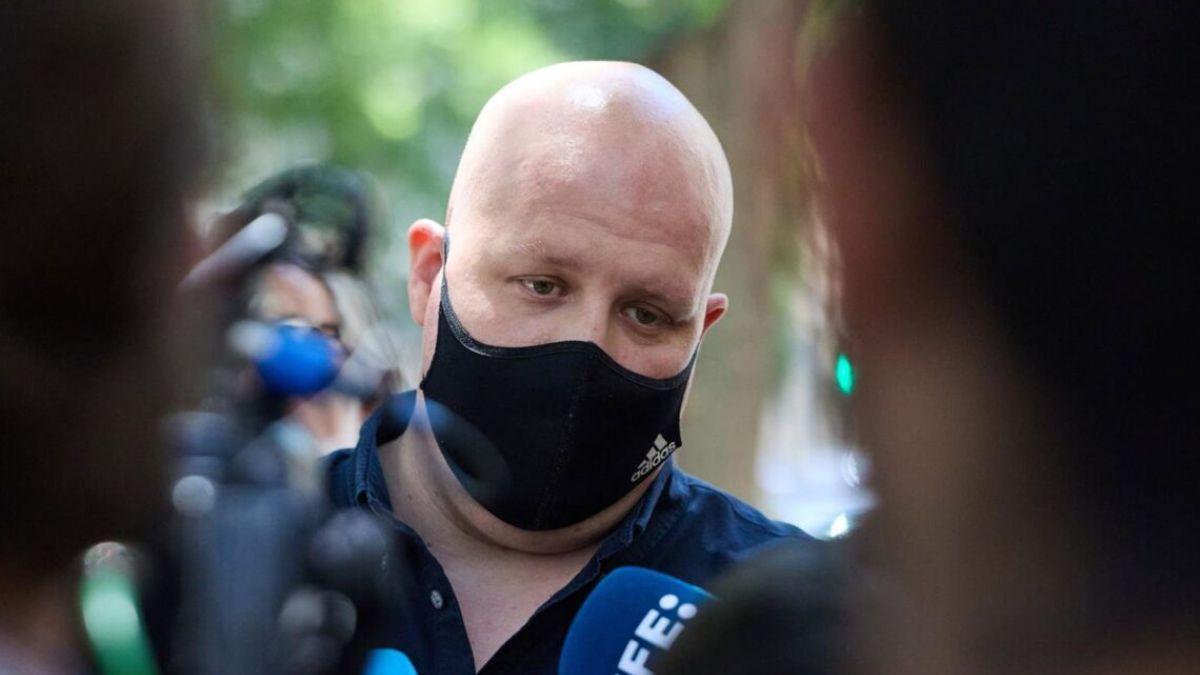Solana’s blockchain faces scrutiny over its hardware demands and technical design. Bons, a crypto expert, highlighted the high costs of running the network, particularly the 256GB of EC memory, and criticized its “broken local fee market,” which he believes degrades user experience.
Despite this, he expressed support for Solana’s permissionless nature, claiming it provides a service at scale that Bitcoin and Ethereum can’t match.
Hardware and Staking Costs
Bons pointed out the significant costs of staking and hardware but acknowledged that Solana operates more than 1,400 validators. He believes the network should now stand independently without the Solana Foundation’s validator sponsorship program.
Network Design Issues
Bons criticized Solana’s non-deterministic design for introducing inefficiencies, even with a low chance of transaction failure. He argued it reduces transaction reliability, which could lead to issues in the long term.
Community Response
Solana developer João Mendonça defended the network’s design, emphasizing over 99.9% uptime. He acknowledged the challenges of using a single software client but pointed to Solana’s growth and evolution.
Mendonça also explained that high hardware requirements don’t prevent broader node participation and that validator sponsorship programs are common in other blockchains.
Takeaway
The debate between Bons and Mendonça highlights the ongoing tension over balancing performance and decentralization on Solana. The blockchain must address these concerns to maintain its competitive edge.

